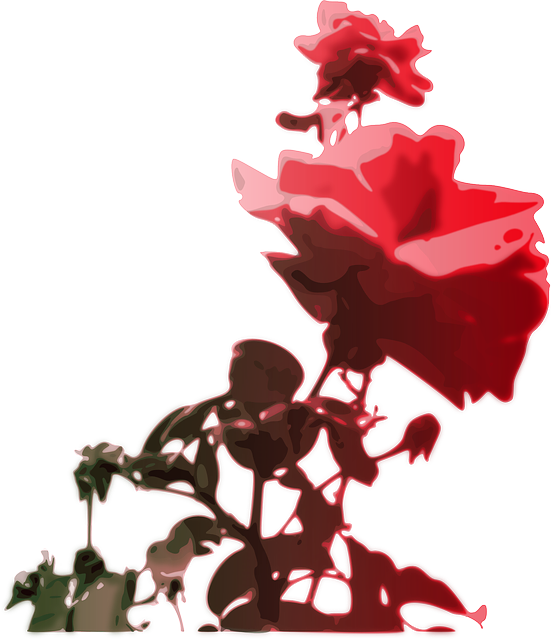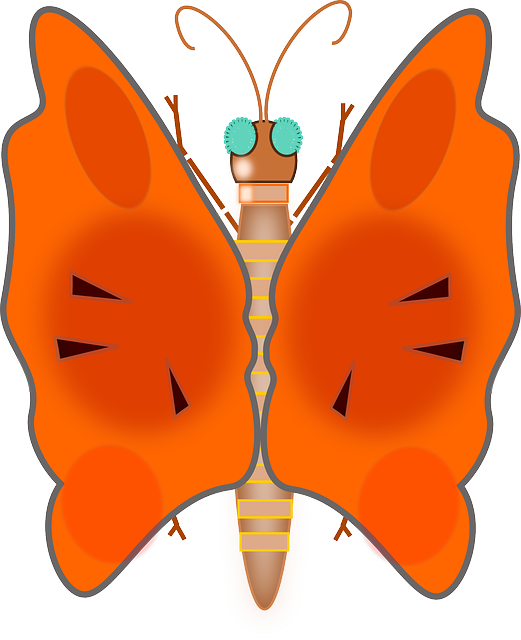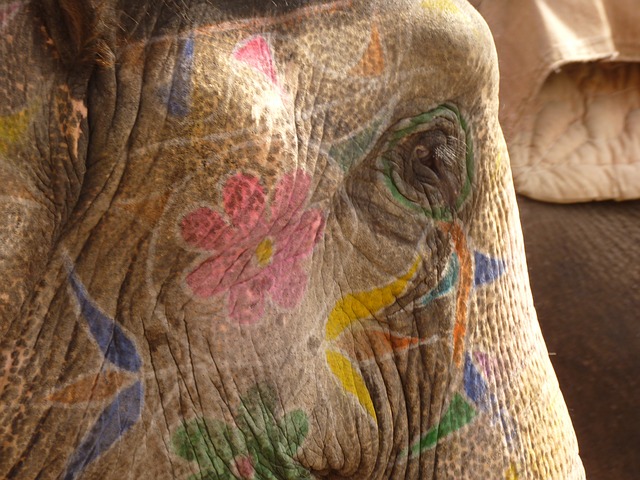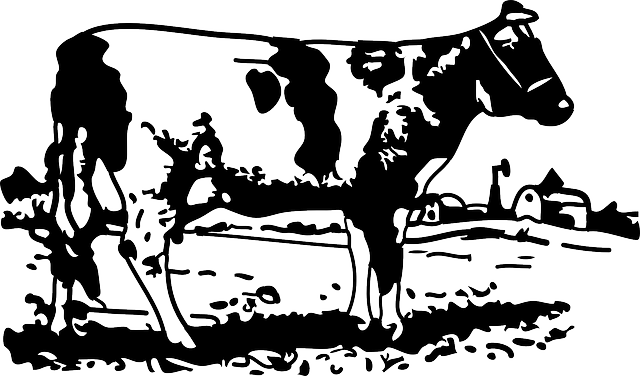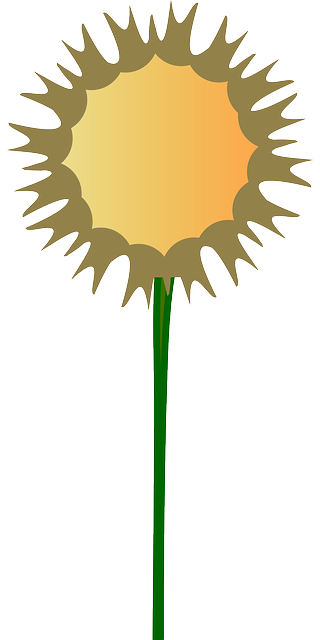شيانبـِيْ
| |||||||||||||||||||||||||||||||||||||||||||||||||||||||
| |||||||||||||||||||||||||||||||||||||||||||||||||||||||
شيانبـِيْ Xianbei (الصينية التقليدية: 鮮卑; پنين: Xiānbēi; ويد-جايلز: Hsien-pi) هومقر للمنغول الأوائل فيما يعهد اليوم بمنغوليا الشرقية، منغوليا الداخلية، وشمال شرق الصين. مع شيونگنو، كانتا من أكبر مجموعات الرحل في شمال الصين في فترة أسرة هان وفترات الأسرة اللاحقة. أسست في النهاية أسراتها الشمالية الخاصة بها، ومنها وِيْ الشمالية في القرن الرابع الميلادي بواسطة قبيلة توبا. They originated from the Donghu people who splintered into the Wuhuan and Xianbei when they were defeated by the Xiongnu at the end of the 3rd century BC. The Xianbei were largely subordinate to larger nomadic powers and the Han dynasty until they gained prominence in 87 AD by killing the Xiongnu chanyu Youliu. However unlike the Xiongnu, the Xianbei political structure lacked the organization to pose a concerted challenge to the Chinese for most of their time as a nomadic people. After suffering several defeats by the end of the Three Kingdoms period, the Xianbei migrated south and settled in close proximity to Chinese society and submitted as vassals, being granted the titles of Dukes. As the Xianbei Murong, Tuoba and Duan tribes were one of the Five Barbarians who were vassals of the Han Chinese Western Jin and Eastern Jin dynasties, they took part in the Uprising of the Five Barbarians as allies of the Han Chinese Eastern Jin against the other four barbarians, the Xiongnu, Jie, Di and Qiang. The Xianbei were at one point all defeated and conquered by the Di Former Qin empire before it fell apart at the Battle of Fei River at the hands of the Eatern Jin. The Xianbei later founded their own states and reunited northern China China as the Northern Wei. These states opposed and promoted sinicization at one point or another but trended towards the latter and had merged with the general Chinese population by the Tang dynasty.
أصل الاسم
Paul Pelliot tentatively reconstructs the Later Han Chinese pronunciation of 鮮卑 as *serbi after noting that Chinese scribes used 鮮 to transcribe Middle Persian sēr (lion).
The other character 卑 was used to transcribe foreign syllable /pi/; for instance, Sanskrit गोपी gopī "milkmaid, cowherdess" into Middle Chinese 瞿卑 (kɨoH-piᴇ ).
Moreover, 室韦 (الصينية التقليدية: 室韋; پنين: Shìwéi;MC *ɕiɪt̚-ɦʉi < *sirwi)is possibly the later form of Xiānbēi.
*Särpi may be linked, on the one hand, to Mongolic root *ser ~*sir which means "crest, bristle, sticking out, projecting, etc." (cf. Khalkha сэрвэн which means "crest, bristle, sticking out, projecting").
On the other hand, Mänchen-Helfen considers *särpi to be an Indo-European loanword (cf. Greek ἅρπη "sickle, bird of prey", Latvian sirpis "sickle", etc.).
التاريخ
They originated from the Donghu people who splintered into the Wuhuan and Xianbei when they were defeated by the Xiongnu at the end of the 3rd century BC. The Xianbei were largely subordinate to larger nomadic powers and the Han dynasty until they gained prominence in 87 AD by killing the Xiongnu chanyu Youliu. However unlike the Xiongnu, the Xianbei political structure lacked the organization to pose a concerted challenge to the Chinese for most of their time as a nomadic people. After suffering several defeats by the end of the Three Kingdoms period, the Xianbei migrated south and settled in close proximity to Chinese society and submitted as vassals, being granted the titles of Dukes. As the Xianbei Murong, Tuoba and Duan tribes were one of the Five Barbarians who were vassals of the Han Chinese Western Jin and Eastern Jin dynasties, they took part in the Uprising of the Five Barbarians as allies of the Han Chinese Eastern Jin against the other four barbarians, the Xiongnu, Jie, Di and Qiang. The Xianbei were at one point all defeated and conquered by the Di Former Qin empire before it fell apart at the Battle of Fei River at the hands of the Eatern Jin. The Xianbei later founded their own states and reunited northern China China as the Northern Wei. These states opposed and promoted sinicization at one point or another but trended towards the latter and had merged with the general Chinese population by the Tang dynasty.
الممالك الثلاث
فترة تشين-هان
الممالك الستة عشر ووِيْ الشمالية
دول شيانبـِيْ
- -| الاسم | السنوات | المساحة | خريطة | العاصمة | |||||
|---|---|---|---|---|---|---|---|---|---|
| دولة شيانبـِيْ | 93–234 | Orda, جبال كانگاي، منغوليا |
|||||||
| تشين الغربية | 385–431 | يونگشيتشنگ (385-386) وانتشوان (386-388، 400، 410-412) جينتشنگ(388-395) |
|||||||
| مورونگ شيانبـِيْ | |||||||||
| يان السابقة | 337–370 | جيتشنگ (337-341) لونگتشنگ (341-350) جيتشنگ (350-357) جيتشنگ (357-370) |
|||||||
| يان الغربية | 384–394 | تشانگآن (385-386) ژانگزي (386-394) |
|||||||
| يان اللاحقة | 384–409 | ژونگشان (386-397) لونگتشنگ (397-409) |
|||||||
| مملكة تويوهون | 284–672 | فوتشي | |||||||
| دول شيانبـِيْ توبا | |||||||||
| ليانگ الجنوبية | 397–414 | ليانتشوان (397-399) لـِدو(399, 402-406, 410-414) شيپينگ (399-402) گوزانگ (406-410) |
|||||||
| دولة داي | 315–377 | تشنگل | |||||||
| وِيْ الشمالية | 386–535 | 2.000.000 كم2(450) | Shengle (386-398، عاصمة داي السابقة، بالقرب من هوههوت) پينگتشنگ (398-493) ليويانگ (493-534) تشانگآن (534-535) |
||||||
| وِيْ الشرقية | 534–550 | 1,000,000 كم2(550 AD) | Luoyang (534) Yecheng (534-550) |
||||||
| وِيْ الغربية | 535–557 | 1,300,000 km2(557 AD) | تشانگآن | ||||||
| Yuwen Xianbei | |||||||||
| ژووالشمالية | 557–581 | 1,500,000 km2(577 AD) | تشانگآن | ||||||
الفن
أغطية الرأس
أيقونات الحيوانات
الجياد
التماثيل
التأثيرات البوذية
الأحفاد المعاصرون
- Tuoba (拓拔) (imperial clan name of Northern Wei) -> Yuan (元)
- Hegu (紇骨) -> Hu (胡)
- Pu (普) -> Zhou (周)
- Baba (拔拔) -> Zhangsun (長孫)
- Daxi (達奚) -> Xi (奚)
- Yilou (伊婁) -> Yi (伊)
- Qiudun (丘敦) -> Qiu (丘)
- Xiqihai (係俟亥) -> Hai (亥)
- Yizhan (乙旃) -> Shusun (叔孫)
- Chekun (車焜) -> Che (車)
- Qiumuling (丘穆陵) -> Mu (穆)
- Buliugu (步六孤) -> Lu (陸)
- Helai (賀賴) -> He (賀)
- Dugu (獨孤) -> Liu (劉)
- Helou (賀樓) -> Lou (樓)
- Wuniuyu (勿忸于) -> Yu (于)
- Shilian (是連) -> Lian (連)
- Pulan (僕闌) -> Pu (僕)
- Ruogan (若干) -> Gou (苟)
- Balielan (拔列蘭) -> Liang (梁)
- Bolue (撥略) -> Su (蘇)
- Ruokouyin (若口引) -> Kou (寇)
- Chiluo (叱羅) -> Luo (羅)
- Pulouru (普陋茹) -> Ru (茹)
- Hege (賀葛) -> Ge (葛)
- Shiben (是賁) -> Feng (封)
- Afugan (阿扶干) -> A (阿)
- Kediyan (可地延) -> Yan (延)
- Aluhuan (阿鹿桓) -> Lu (鹿)
- Taluoba (他駱拔) -> Luo (駱)
- Boxi (薄奚) -> Bo (薄)
- Wuwan (烏丸) -> Huan (桓)
- Suhe (素和) -> He (和)
- Hugukouyin (胡古口引) or Gukouyin (古口引) -> Hou (侯)
- Yuhun (谷渾) -> Hun (渾)
- Pilou (匹婁) -> Lou (婁)
- Qilifa (俟力伐) -> Bao (鮑)
- Tufulu (吐伏盧) -> Lu (盧)
- Dieyun (牒云) -> Yun (云)
- Shiyun (是云) -> Shi (是)
- Chili (叱利) -> Li (利)
- Fulü (副呂) -> Fu (副)
- Ruluo (如羅) -> Ru (如)
- Qifu (乞扶) -> Fu (扶)
- Kedan (可單 or 渴單) -> Dan (單)
- Qiji (俟幾) -> Ji (幾)
- He'er (賀兒) -> Er (兒)
- Tuxi (吐奚) -> Gu (古)
- Chulian (出連) -> Bi (畢)
- Heba (賀拔) -> He (何)
- Chilü (叱呂) -> Lü (呂)
- Monalou (莫那婁) -> Mo (莫)
- Xidoulu (奚斗盧) -> Suolu (索盧)
- Molu (莫蘆) -> Lu (蘆)
- Budahan (步大汗) -> Han (韓)
- Moluzhen (沒路真) -> Lu (路)
- Hudigan (扈地干) -> Hu (扈)
- Muyu (慕輿) -> Yu (輿)
- Gegan (紇干) -> Gan (干)
- Qifujin (俟伏斤) -> Fu (伏)
- Shilou (是樓) -> Gao (高)
- Qutu (屈突) -> Qu (屈)
- Talu (沓盧) -> Ta (沓)
- Washilan (嗢石蘭) -> Shi (石)
- Jiepi (解枇) -> Jie (解)
- Qijin (奇斤) -> Qi (奇)
- Xubu (須卜) -> Bu (卜)
- Qiulin (丘林) -> Lin (林)
- Damogan (大莫干) -> Ge (郃)
- Ermian (尒綿) -> Mian (綿)
- Gailou (蓋樓) -> Gai (蓋)
- Suli (素黎) -> Li (黎)
- Yidoujuan (壹斗眷) -> Ming (明)
- Chimen (叱門) -> Men (門)
- Suliujin (宿六斤) -> Su (宿)
- Bibi (馝纰) -> Bi (纰)
- Tunan (土難) -> Shan (山)
- Wuyin (屋引) -> Fang (房)
- Shuluogan (樹洛干) -> Shu (樹)
- Yifu (乙弗) -> Yi (乙)
- Maojuan (茂眷) -> Mao (茂)
- Youlian (宥連) -> Yun (雲)
- Gedouling (紇豆陵) -> Dou (竇)
- Houmochen (侯莫陳) -> Chen (陳)
- Kudi (庫狄) -> Di (狄)
- Tailuoji (太洛稽) -> Ji (稽)
- Keba (柯拔) -> Ke (柯)
- Yuchi (尉遲) -> Chi (遲)
- Bulugen (步鹿根) -> Bu (步)
- Poduoluo (破多羅) -> Pan (潘)
- Chigan (叱干) -> Xue (薛)
- Qinu (俟奴) -> Qi (俟)
- Nianchi (輾遲) -> Zhan (展)
- Feilian (費連) -> Fei (費)
- Qilian (其連) -> Qi (綦)
- Qujin (去斤) -> Ai (艾)
- Kehou (渴侯) -> Gou (緱)
- Chilu (叱盧) -> Zhu (祝)
- Heji (和稽) -> Huan (緩)
- Tulai (菟賴) -> Jiu (就)
- Wapen (嗢盆) -> Wen (溫)
- Dabo (達勃) -> Bao (褒)
- Duguhun (獨孤渾) -> Du (杜)
- Helan (賀蘭) -> He (賀)
- Yuyuanzhen (郁原甄) -> Zhen (甄)
- Gexi (紇奚) -> Ji (嵇)
- Yuele (越勒) -> Yue (越)
- Chinu (叱奴) -> Lang (狼)
- Kezhuhun (渴燭渾) -> Zhu (朱)
- Kuruguan (庫褥官) -> Ku (庫)
- Wuluolan (烏洛蘭) -> Lan (蘭)
- Yinalou (一那蔞) -> Lou (蔞)
- Yufu (羽弗) -> Yu (羽)
انظر أيضاً
| مشاع الفهم فيه ميديا متعلقة بموضوع [[commons:خطأ لوا في وحدة:WikidataIB على السطر 496: attempt to index field 'wikibase' (a nil value).|خطأ لوا في وحدة:WikidataIB على السطر 496: attempt to index field 'wikibase' (a nil value).]]. |
- تغيير أسماء شيانبـِيْ إلى أسماء الهان
- Kebineng
- قائمة الملوك المنغول
- أسرة وِيْ الشمالية
- دولة شيانبـِيْ
- الممالك الستة عشر
- قبائل في التاريخ الصيني
- ووهو
- ووهوان
- السيادة الصينية
- بودوگن
- هانشو
- سانگوژي
المصادر
- ^ Jacques Gernet, A History of Chinese Civilization Cambridge University Press 1996 P.186-87
- ^ Oxford University Press 2002 p. 200-01
- ^ "The Sixteen States of the Five Barbarian Peoples 五胡十六國 (www.chinaknowledge.de)".
- ^ University of California Press 1985 p. 120-21
- ^ Hackett Publishing 2010 p. 9
- ^ "The Xianbei: A Chinese Dynasty Emerges from Nomadic Warriors of the Steppe | Ancient Origins".
- ^ Toh, Hoong Teik, "The -yu Ending in Xiongnu, Xianbei, and Gaoju Onomastica. Appendix I: the ethnicon Xianbei". Sino-Platonic Papers. No. 146. (Feb 2005). pp= 10-12<http://www.sino-platonic.org/complete/spp146_xiongnu.pdf>
- ^ Hackett Publishing 2010 p. 9
- ^ Rein Taagepera "Size and Duration of Empires: Growth-Decline Curves, 600 B.C. to 600 A.D.", Social Science History Vol. 3, 115-138 (1979)
المراجع
Juha Janhunen (27 January 2006). . Routledge. p. 393. ISBN .
وصلات خارجية
- 鮮卑語言The Xianbei language(Chinese Traditional Big5 code page) via Internet Archive


